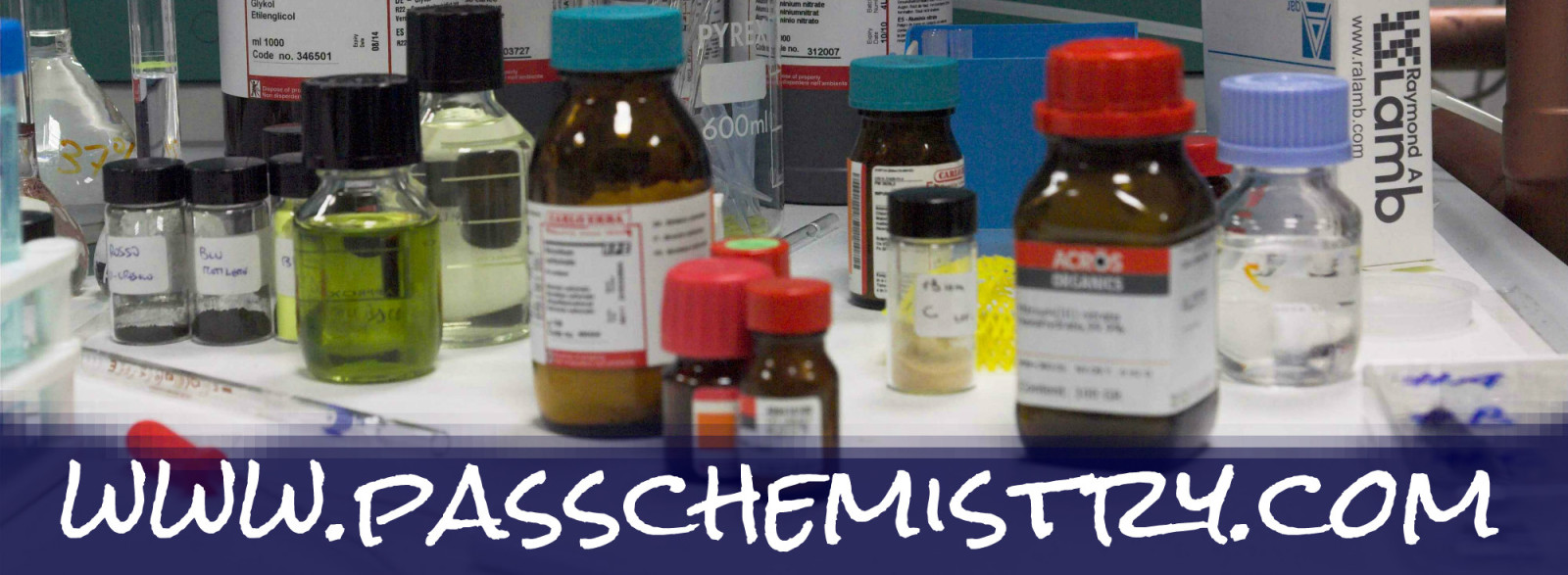To print the chapter 1 outline as a PDF, click here.
Chapter 1: Chemistry the Central Science
After studying this chapter you should be able to:
- Define chemistry and give examples of topics studied in chemistry
- Determine a chemical formula by looking at a ball and stick model or a space filling model
- Understand the difference between the macroscopic and microscopic (molecular) levels
- Define the scientific method and understand what happens at each step: observations, hypothesis, experimentation, model (conclusion), further experimentation
- Explain the difference between a law and a theory
- Classify matter as a pure substance (element or compound) or a mixture (homogeneous or heterogeneous)
- Understand that the elements of the periodic table are represented using common symbols (start learning the names and symbols of the common elements)
- Understand that mixtures are separated through physical means (ex. Distillation) while pure substances can only be separated through chemical changes
- Understand the three states of matter (solid, liquid, and gas), the properties and arrangement of atoms in each state, and the processes in which matter is converted between the three states
- Give examples of qualitative and quantitative observations
- Name commons tools and pieces of equipment used to make measurements
- Name the common base units used in both the English and metric (SI) system of measurement as well as the abbreviations for the units
- Know and use the prefixes of the metric system as well as their abbreviations
- Explain the difference between mass and weight
- Perform metric conversions using dimensional analysis
- Perform conversions between English and metric units using dimensional analysis
- Perform temperature conversions between Fahrenheit, Celsius, and Kelvin units
- Perform conversions between different units of volume (ex. Liters to cubic centimenters, cubic meters to cubic centimeters)
- Perform density calculations
- Understand and give examples of physical and chemical properties
- Understand and give examples of physical and chemical changes
- Understand and give examples of intensive and extensive properties
- Explain the difference between an inexact number (anything measured) and an exact number (constants or other numbers with infinite significant figures)
- Record a measurement using the correct number of significant figures
- Identify which digits in a measurement are significant figures and which are not
- Perform addition and subtraction calculations while rounding the final answer to the correct number of significant figures (final answer can only have as many decimal digits as the least precise measurement)
- Perform multiplication and division calculations while rounding the final answer to the correct number of significant figures (final answer can only have as many total significant figures as the least precise measurement)
- Explain the difference between accuracy and precision
- Correctly set up conversion factors and show work for unit conversion problems using dimensional analysis
- Related topic: Review scientific notation from Appendix 1 at the back of the text
